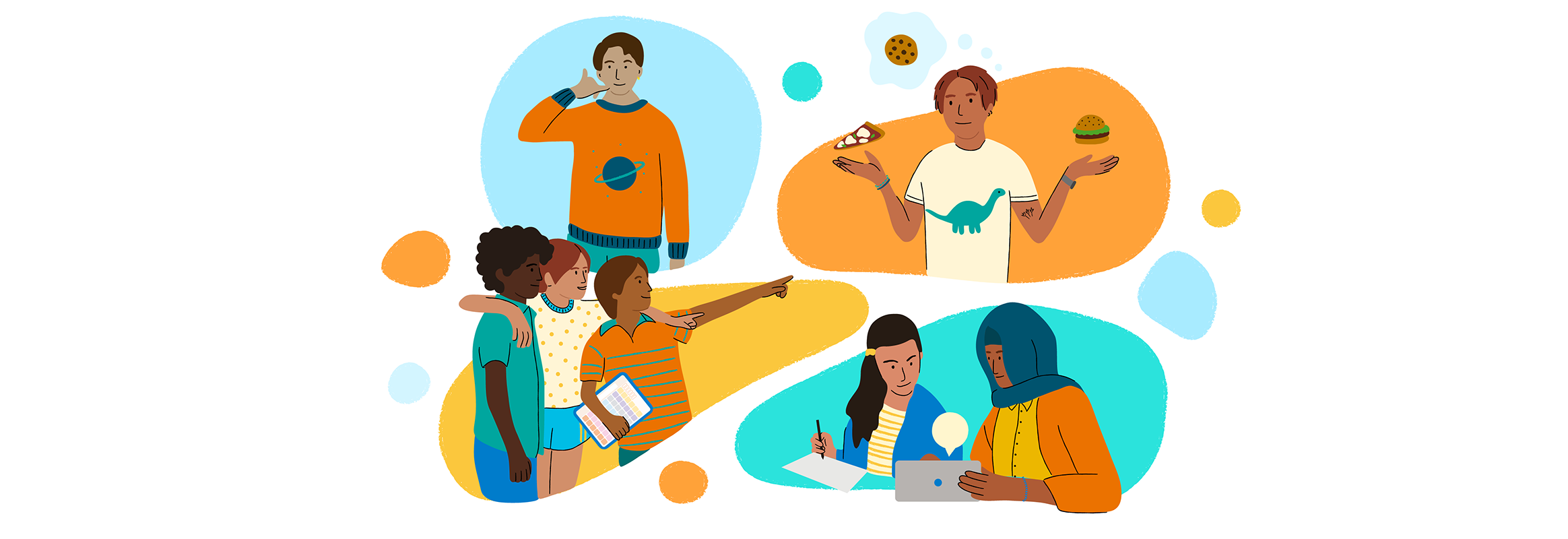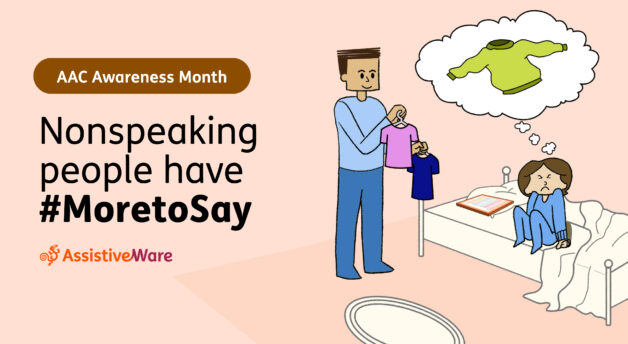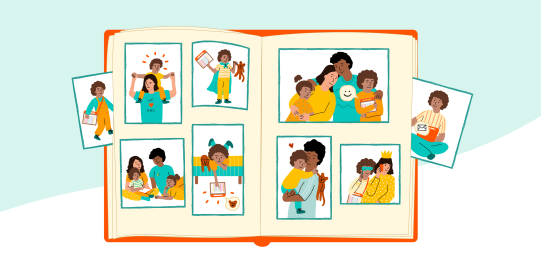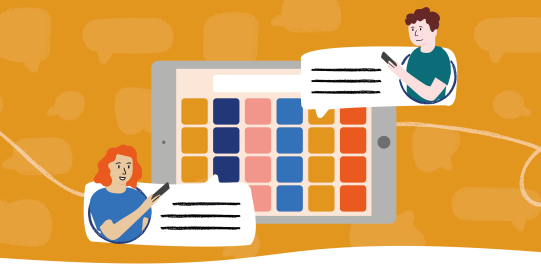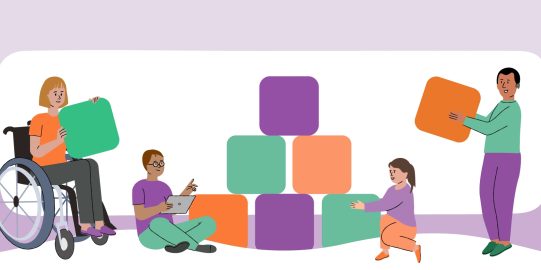I’d like to share a story about my son Josh and me—with his permission, of course.
‘Furious’
It was well past lights out, and this was the second time he’d undressed and tossed his pajamas across the room.
“Josh, what’s the matter?”
“FURIOUS.”
I was baffled. He seemed to know exactly what he wanted but, at the same time, could not tell me. All he could say was, “FURIOUS.”
I helped him put on another set of pajamas and helped him back to bed.
Nope. In a blink, the bottoms were off and flying past me with a whoosh.
“FURIOUS.”
Josh grabbed his letter board and spelled, “STIPLEPANS.”
All right, something new. But WTF were STIPLEPANS? “Spell it again, Josh. Slow down.”
“STIPLEPANS.”
The familiar dread started to set in. Josh had something very important to tell me, and he couldn’t. It sucked. I was tired, he was tired, and all he could tell me was that he was furious about stiplepans.
I kept repeating to myself, hoping it would turn into a recognizable word.
STIPLEPANS. STIPLE. PANS. STIP.LE. PANS. PANTS.
“Striped pants?” I asked. YES, he nodded.
He wanted to wear his striped pajama bottoms. Wearing his striped pants, Josh got into bed and went to sleep.
